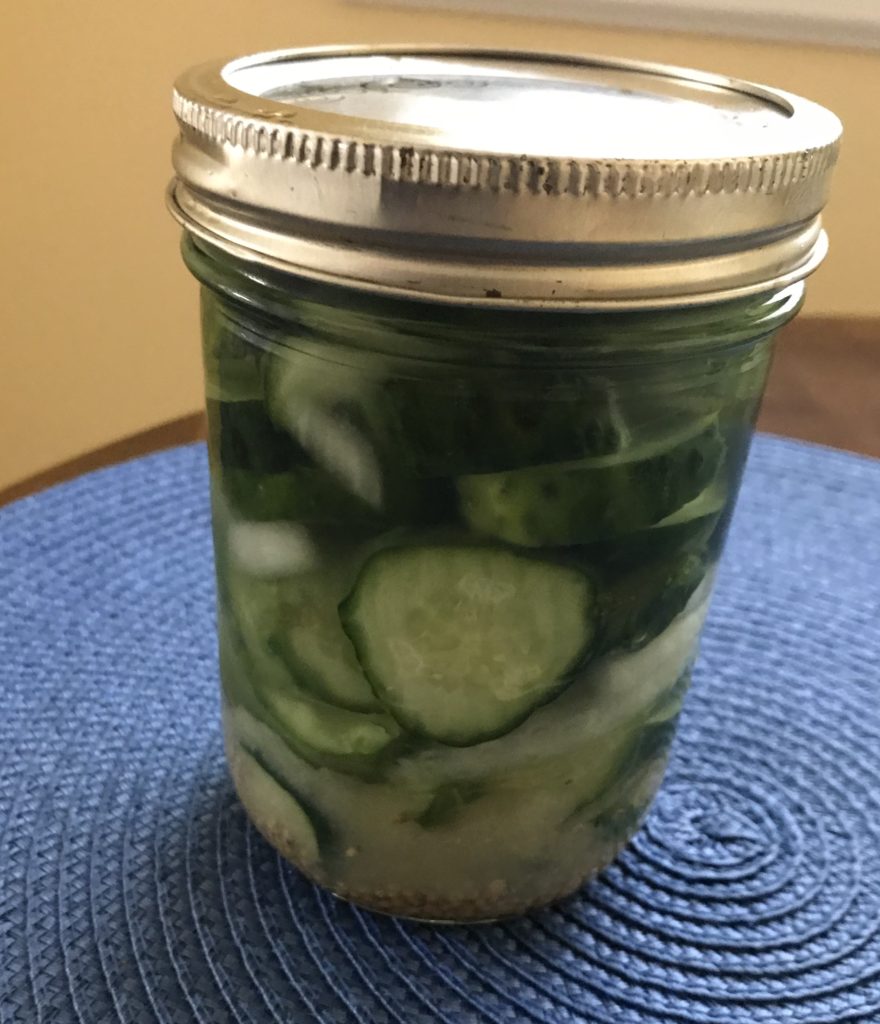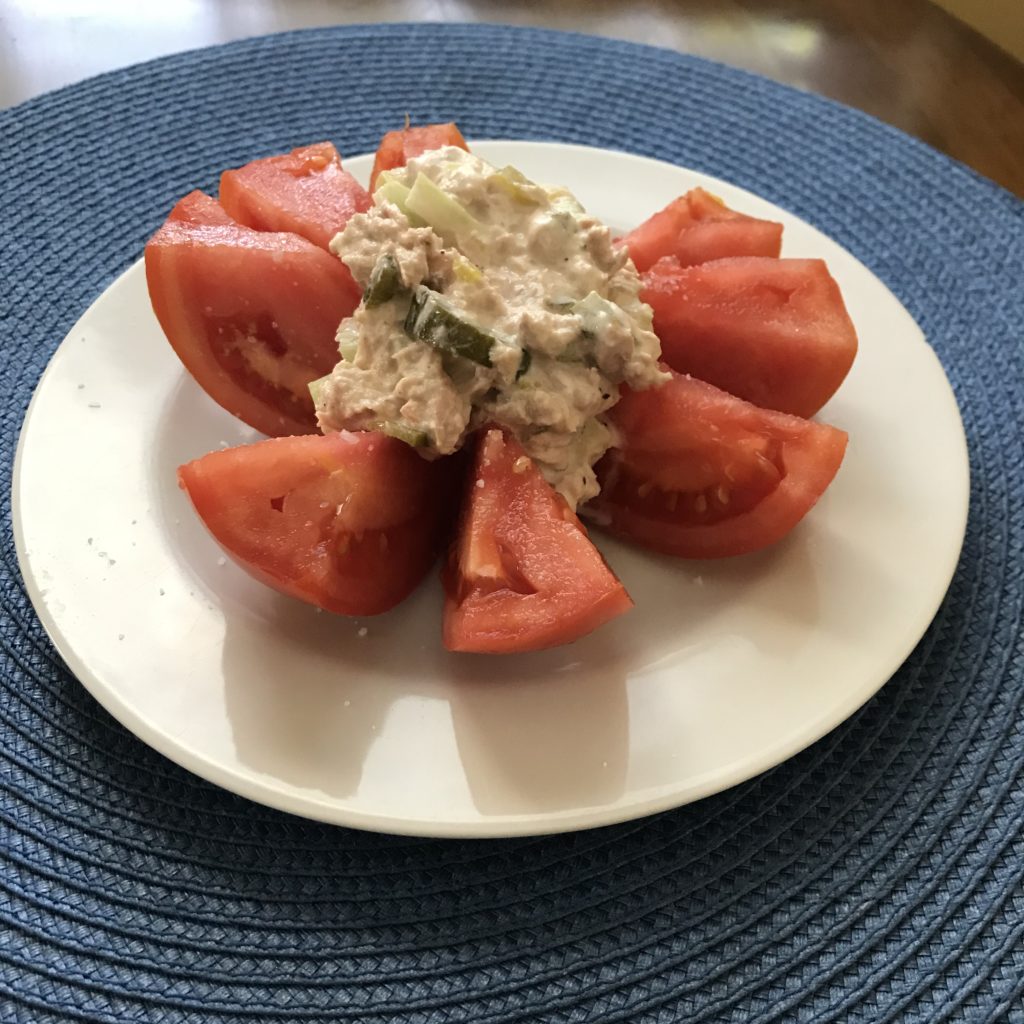I’ve been a home canner for a long time, making jams, pickles and sauces using the water-bath canning method. But I’ve always had a fear of fermentation — something about the prospect of leaving foods on the counter until they started to bubble with live bacteria brought out my inner germ phobe.
But after interviewing Minnesota author Stephanie Thurow on Grow it, Minnesota, I decided to give fermentation a try. Stephanie’s latest book is done in conjunction with the Weck Jar company and it includes a variety of small-batch preservation recipes for products that are canned, fermented or just homemade and delicious. (Like a lot of other canning supplies in 2020, I could not find Weck jars on store shelves. Fortunately, I have lots of other jars in the basement.)

I decided to try my hand at fermentation with Stephanie’s recipe for a fermented bread-and-butter pickle. I love those sweet-tart pickles and have made them as a canned product for years. The preparation to ferment the pickles is similar to canning them. You slice cucumbers into coins and soak them in an ice-bath with a salty brine and some sliced onions. The ice keeps keeps the cucumbers crisp. Then you load up the jar with the cucumber/onion mixture, celery and mustard seeds, turmeric and honey, and an optional raspberry, oak or grape leaf. (I skipped the leaf.) You add in brine to cover the mixture, put in a smaller cover or weight to keep the brine over the vegetables, cover it up and store it on the counter where fermentation begins. A couple of times a day, you tip the jar upside down to keep everything mixed up.

It’s Alive!
Within a day or two, bubbles were visible on the sides of the jar. I opened it once a day to check that the vegetables stayed under the brine and that there were no signs of mold or other nasties. None appeared! After about three days, I gave the pickles a taste. They were crunchy and sweet but lacked the tang of my vinegar-infused canned bread-and-butter pickles. Stephanie says this is a four to five-day ferment, so the so-so flavor did not surprise me.
I tasted again on day 4 when the pickles tasted much closer to the usual bread-and-butter pickle, and then on day 5 put the pickles in the refrigerator. They are very good, and very similar in flavor to the Grandma Lahr Bread and Butter pickles I usually make. Not quite as vinegar-y but a definite sweet and sour flavor—great for adding to tuna salad, putting on a burger or just munching.
What I really liked about the fermentation vs. canning is how little work it was. Canning pickles can take up a good part of a day and usually involves lots of steam and a heavy vinegar smell in the kitchen. However, the fermented recipe only made one pint of pickles, while the Grandma Lahr version makes six. The lower number is OK, though, since I’m the only big pickle eater in my household, and of course, you could always double the recipe for more.
I’m definitely ready to try some other fermented recipes. Stephanie’s book includes several variations of sauerkraut, which I enjoy on a brat or with eggs, as well as a recipe for a fermented sweet corn relish. The corn season is waning here, but if I can nab a few ears at the farmers’ market, I may give that one a try, too.

I agree that fermentation was worrisome to me. Thanks for explaining it so well
It’s similar to other kinds of preserving in that if you follow the instructions, it works out! Thanks for commenting.